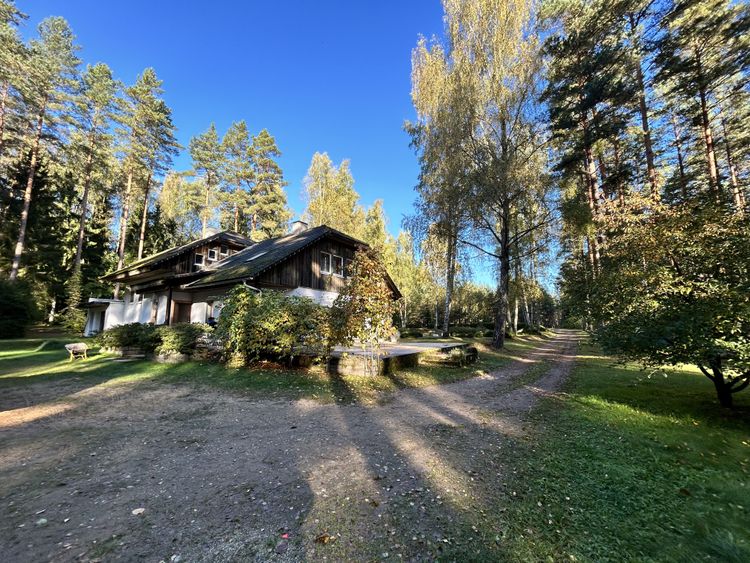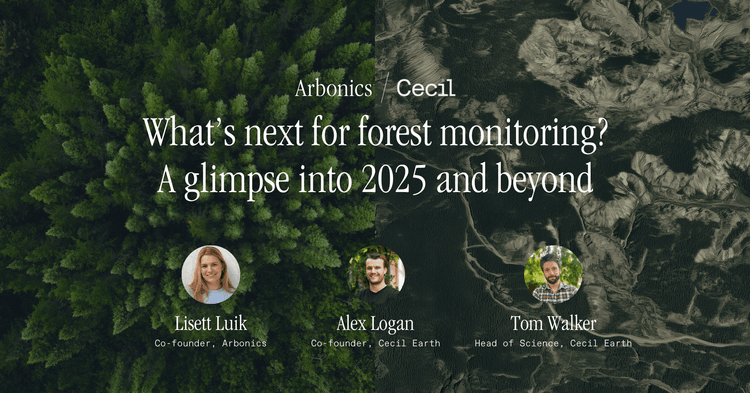Why an experienced forest manager chose to delay clear-cutting
Forests play a crucial role in maintaining both local biodiversity and global climate health. Landowners are key players in this effort— they are the ones on the ground, managing and preserving their forests, and delivering real results to the climate fight. Today, carbon projects offer a way for landowners to earn income for this work.
This is the story of Rain, an experienced Estonian forest manager, who partnered with Arbonics to maximise the income from his land.
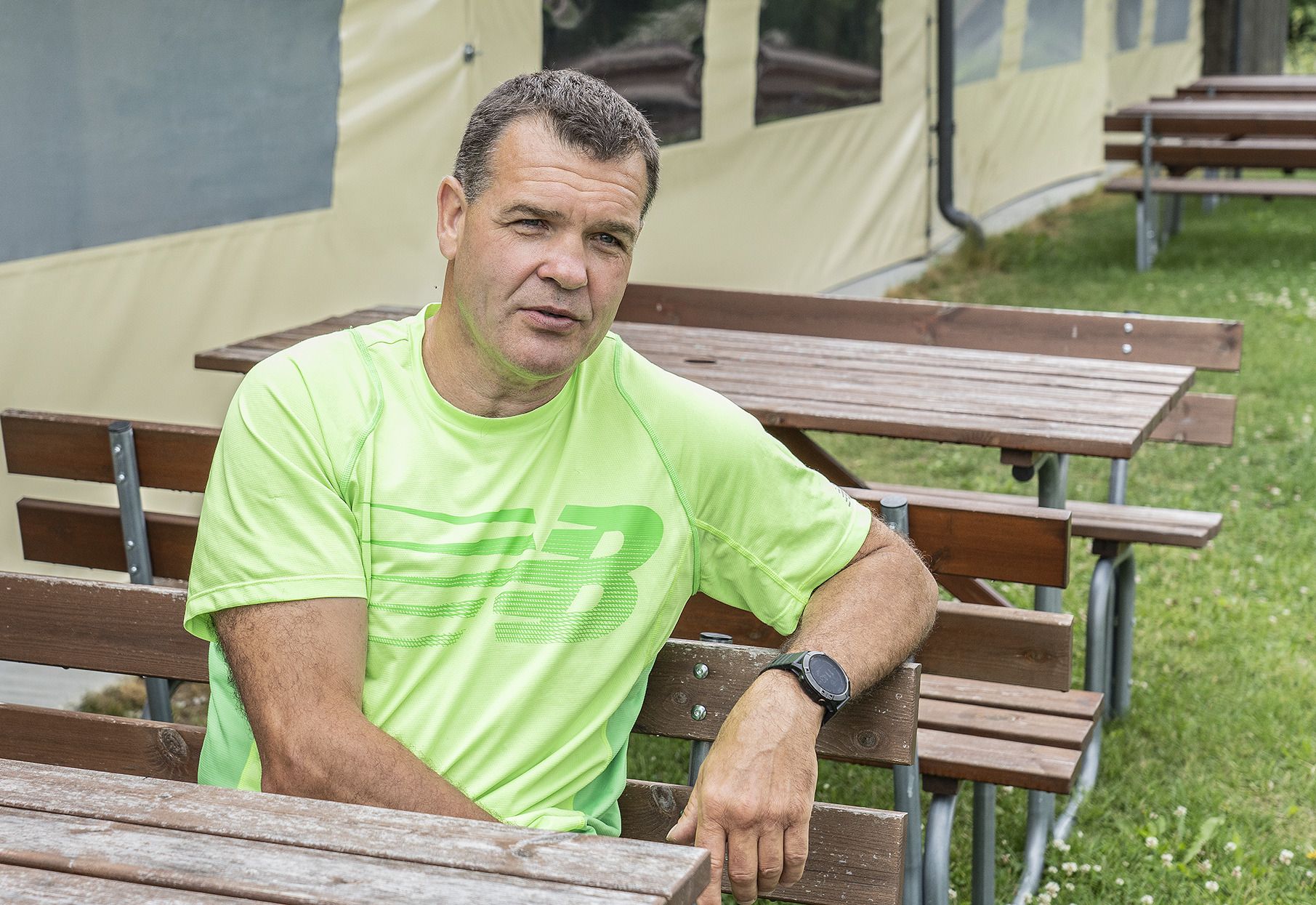 Figure 1: Rain Tulp, an Estonian forest manager and participant in our Impact Forestry project. Credit: Ulvi Blande, Raplamaa Sõnumid.
Figure 1: Rain Tulp, an Estonian forest manager and participant in our Impact Forestry project. Credit: Ulvi Blande, Raplamaa Sõnumid.
Rain has been involved in forestry for over 30 years through his company Metsaproff, a forestry organisation that offers services like planting, logging, and timber transport. He is also the proud owner of Laukataguse Campsite, a stunning guesthouse nestled deep within the heart of Estonia’s native forests.
When speaking with Rain, it becomes clear that he cares deeply. About nature, but also about everything else he undertakes. He is deeply committed to doing things properly, especially in forestry, and constantly looks for ways to work more efficiently. It was this very philosophy that led him to seek a trustworthy carbon partner.
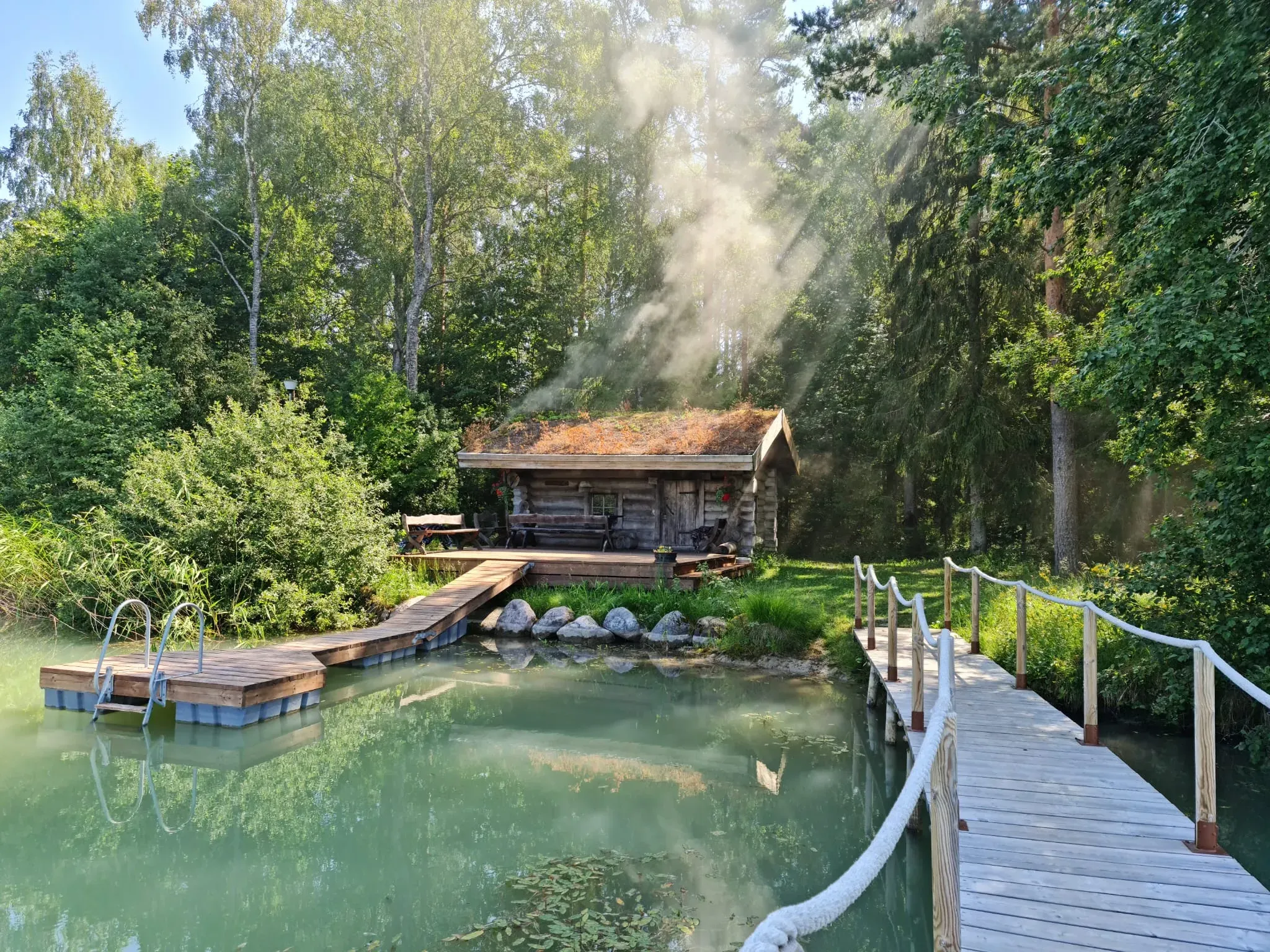 Figure 2: Laukataguse Campsite. Credit: Ulvi Blande, Raplamaa Sõnumid.
Figure 2: Laukataguse Campsite. Credit: Ulvi Blande, Raplamaa Sõnumid.
Why did Rain partner with Arbonics?
The forests surrounding Laukataguse Holiday Village are lush, dense, and thoroughly enjoyed by the local community. Rain recognised their importance and wanted to preserve them.
While highly knowledgeable and experienced in forestry, Rain admitted that he initially lacked a full understanding of carbon-related topics. Specifically, he was unsure how to best leverage his forest’s carbon capture potential. “I knew about carbon projects”, he recalls, “but it was hard to separate the real information from the confusion stirred up by the media”.
“I decided to give Arbonics a try because your approach seemed the most transparent and reasonable”
Rain first heard about Arbonics through social media, but his meticulous nature led him to seek confirmation from acquaintances already working with us before moving forward.
Hesitant to rush into a decision, he took his time weighing his options. Rain is accustomed to managing forests for timber production, but he was open to new solutions. Instead of cutting his forest as initially intended, he chose to keep it standing, preserving it for his community and children.
When working with us, he appreciated our transparency. Our forestry experts guided him through the carbon project process, shared his land analysis from the Carbon Opportunity Assessment (COA), and addressed his concerns. His initial skepticism gave way to confidence.
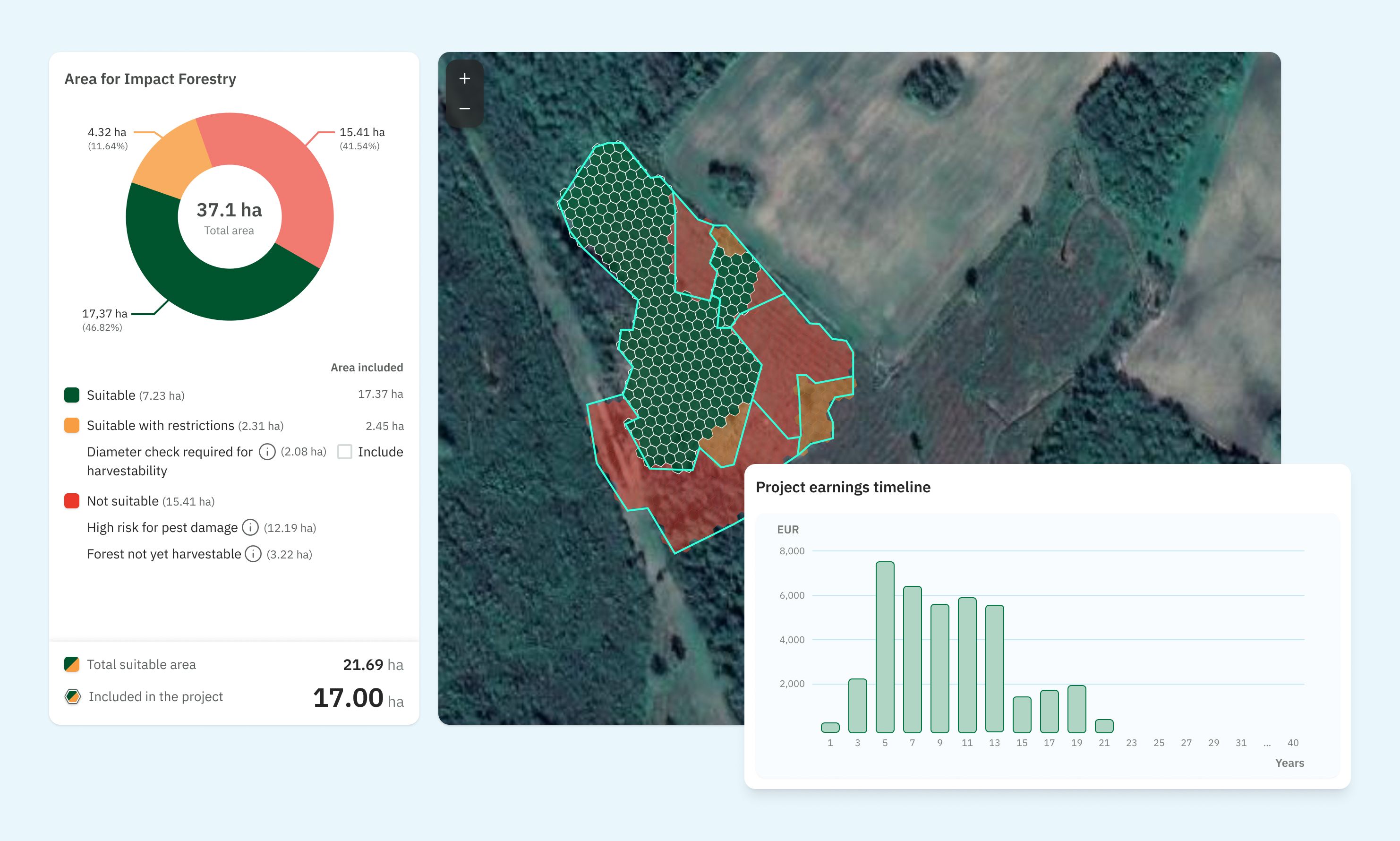 Figure 3: (not Rain’s land) The COA is a comprehensive land analysis that helps landowners assess their forest's suitability for an Impact Forestry project. Click here to request your tailored report.
Figure 3: (not Rain’s land) The COA is a comprehensive land analysis that helps landowners assess their forest's suitability for an Impact Forestry project. Click here to request your tailored report.
“Earning income from this forest without intensive management is a triple win: I get dividends, carbon is captured, and nature remains for everyone to enjoy”
He shared detailed information about his properties, which our team analysed using cadastral data to identify parcels suitable for a carbon project. “I appreciated that the process was clear and honest. Even though some steps took longer, I was satisfied that they took the time to do things properly,” he says.
He highlighted that our team’s willingness to collaborate and our prompt responses built trust. Even when some details required later corrections, the team acted swiftly to address the issues.
A scientific approach to forest management
Impact Forestry isn’t suitable for every forest, and our scientific, data-driven method helps to determine which specific forests should be preserved for another 40 years. Rain was impressed by this nuanced approach: “It was important to me that my properties were treated individually, rather than being forced into some general program framework.”
In carbon projects, a black-and-white approach doesn’t go far. High-integrity projects like ours are rigorous in their approach, ensuring only suitable forests get selected. In turn, they guarantee quality and permanence.
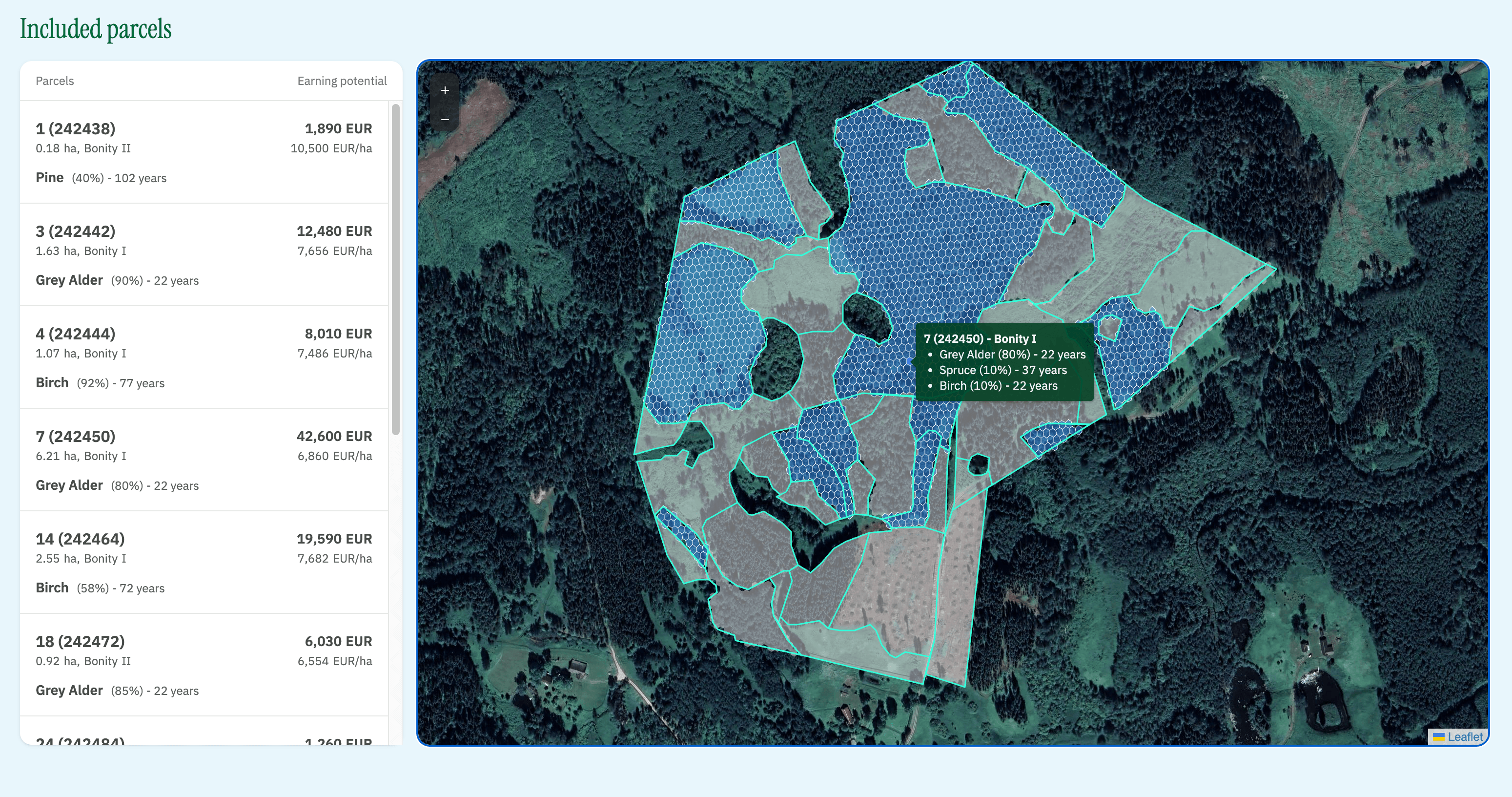 Figure 4: (not Rain’s land) The COA determines the tree species and site index of each plot, and then calculates potential carbon capture and credits earned throughout the project, providing users with a clear, actionable report.
Figure 4: (not Rain’s land) The COA determines the tree species and site index of each plot, and then calculates potential carbon capture and credits earned throughout the project, providing users with a clear, actionable report.
Rain describes his forest as his real estate portfolio, emphasising that the goal is not quick profit but sustainable growth that benefits both him and nature. At the same time, it’s crucial that the forest is managed wisely and scientifically. With Arbonics, he found a way to achieve both.
Rain is one of many landowners who joined the Impact Forestry project , and he is an excellent example of how an experienced forest manager can benefit from a flexible, science-backed carbon project. Carbon projects add value to both nature and landowners, creating opportunities to earn carbon income without compromising the principles of sustainable forestry.
To find out how much you could earn from Impact Forestry, fill out this form and we’ll be in touch with your custom report.
Arbonics connects landowners and credit buyers at scale to remove carbon and protect biodiversity through data-backed forestry solutions.
Our leading technology finds the best strategies to maximise carbon removal, allowing us to offer two solutions to landowners: Afforestation for planting new forests, and Impact Forestry for improved forest management.
We provide credit buyers with high-quality carbon credits from these projects to support your positive environmental impact. Our solutions are backed by advanced technology, deep forestry expertise, and the stringent forestry regulations of the EU.
Interested in buying credits? Introduce yourself here and we will be in touch! Follow us on LinkedIn, Facebook, and Instagram for latest news.

